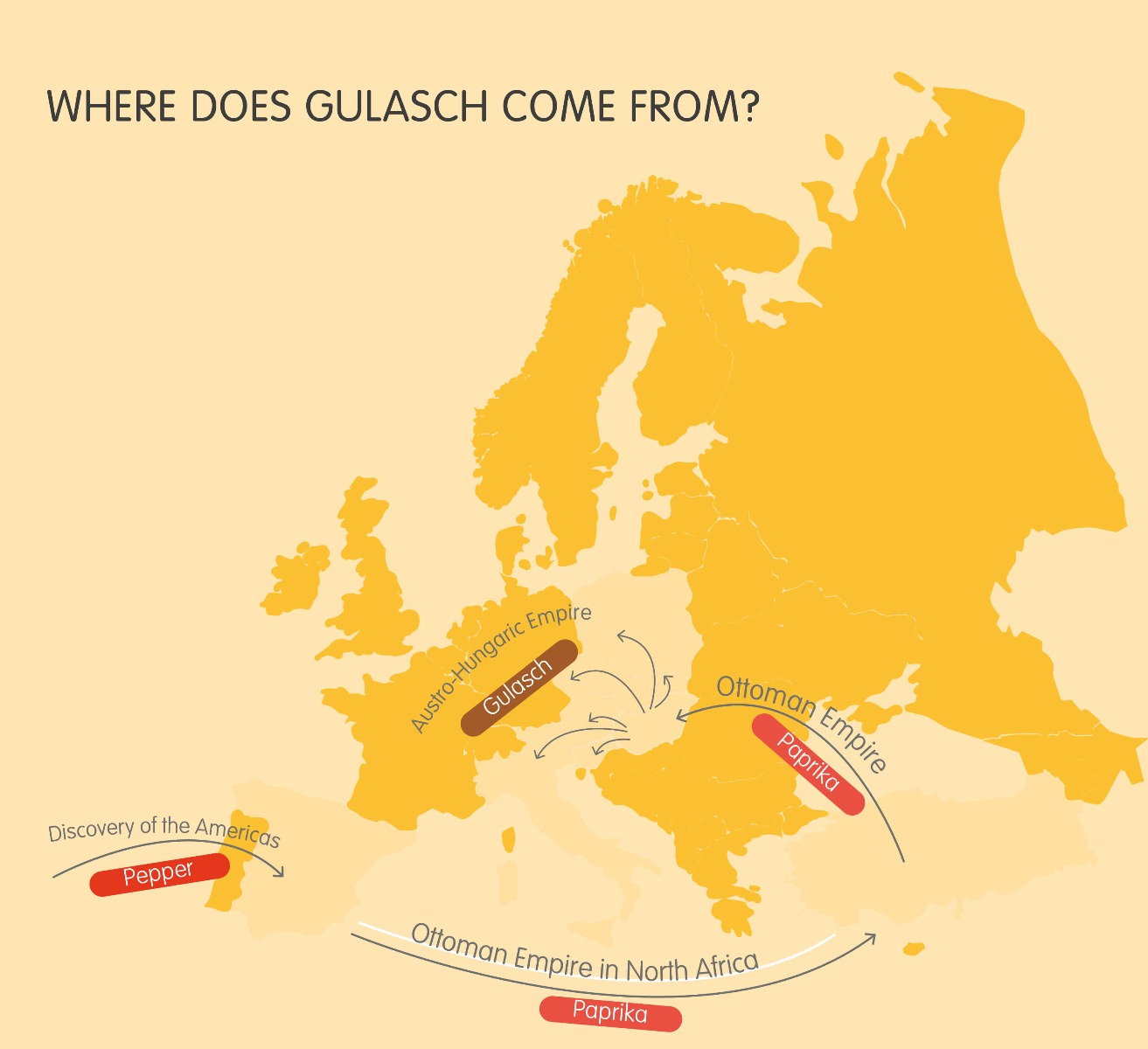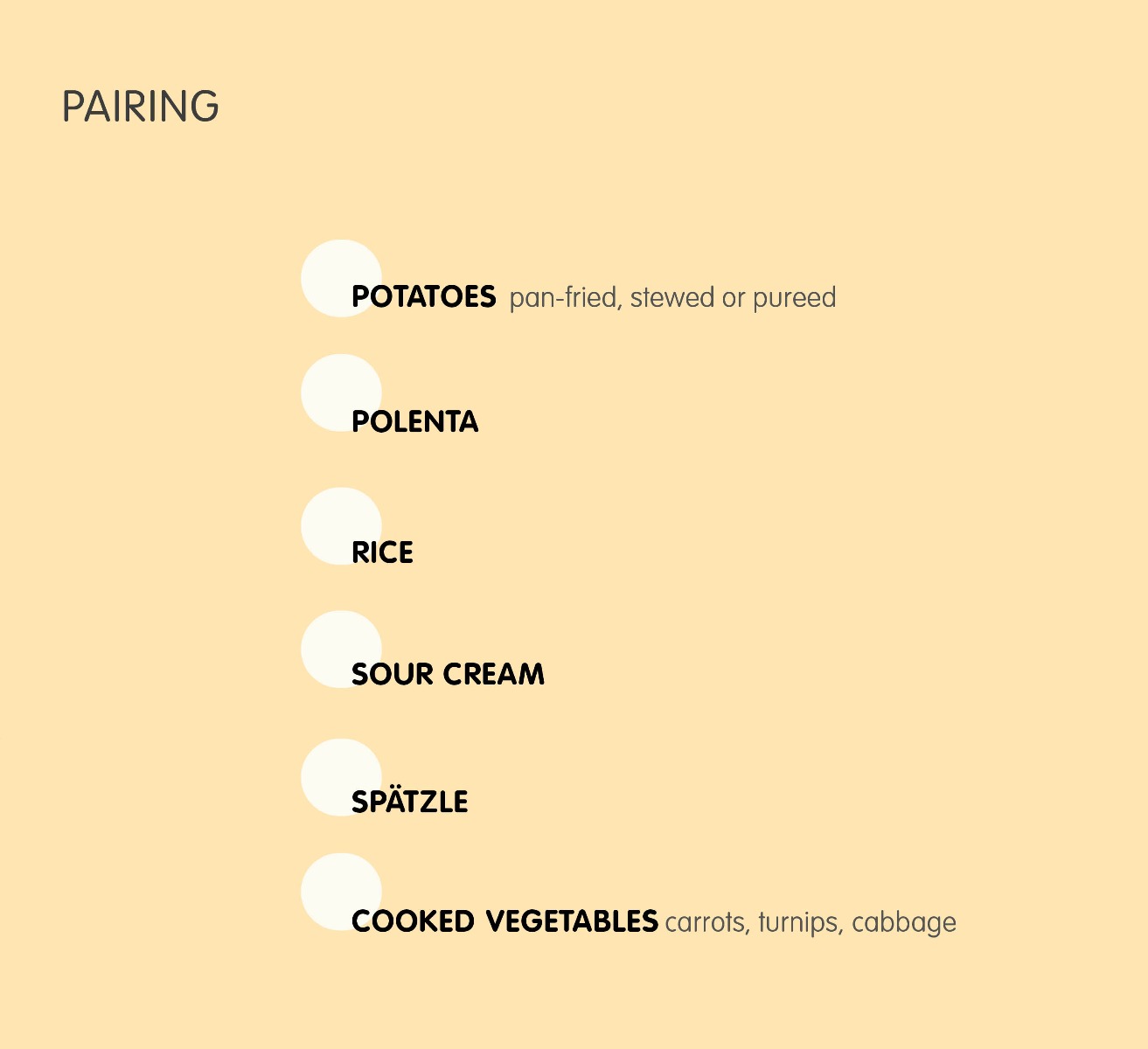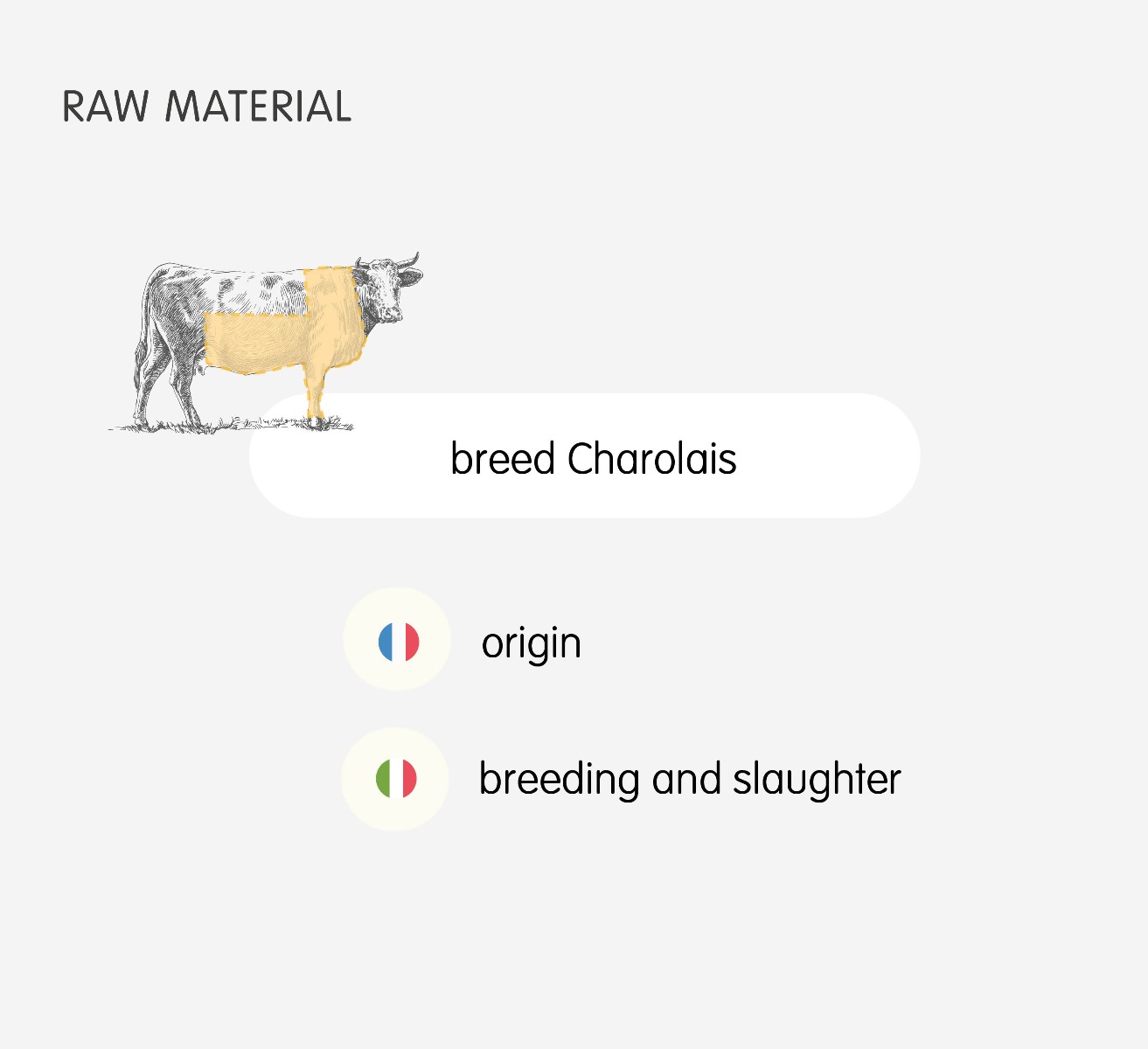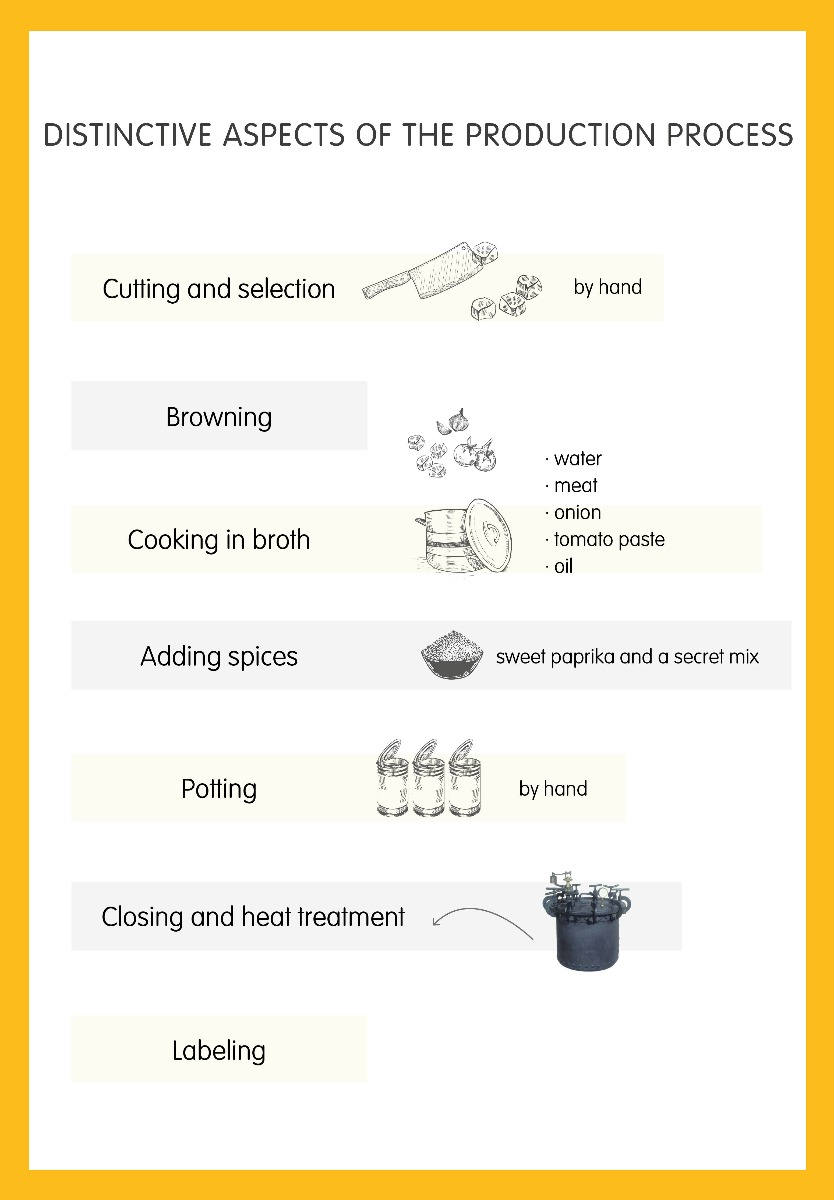WHO SAID THAT IF IT'S "CANNED" IT'S LESS GOOD? BEEF GULASH BETWEEN HISTORY, TECHNOLOGICAL INNOVATION AND THE ARTISAN TOUCH OF KARL BERNARDI
TECHNOLOGICAL REVOLUTION
I open the can of Gulasch Bernardi and in addition to the scent of meat and spices, I perceive a hint of "revolution". We are talking about a non-violent revolution in food technology, when at the end of the 18th century the frenchman Nicolas François Appert perfected his method of conservation: appertization. A heat treatment to lengthen the life of the products.
Revolution in the world of food, born out of military necessity and ending up on the shelves, which has forever changed the relationship with some products: meat, fish, legumes, fruit. The impact is not recorded only in the gestures and in the way of eating, but also in that of buying, selling and advertising.
The first Italian to take advantage of this innovation was the piedmontese Cirio, who with his "tomato sauce" managed to conquer the London and Paris markets in the 1860s, which were already demanding Italian delicacies.
FROM APPERT TO THE BERNARDI FAMILY
The Bernardi family, in South Tyrol, introduced tinplate and the appertization technique in its supply chain in 1920 with the purchase of an autoclave and a seamer, to treat and package its quality goulash. One of the first customers was the Italian army who were looking for the same characteristics in the product that it has today: easy use and short cooking times, long expiry dates, portability.
In a few simple steps you can enjoy a dish that would require hours of cooking to prepare and which stands out for its high-quality raw materials and craftsmanship. The recipe is still that of the family tradition which has invested in technologically advanced machinery that allows not to use additives, colorants or preservatives.
|
|
|
    |



